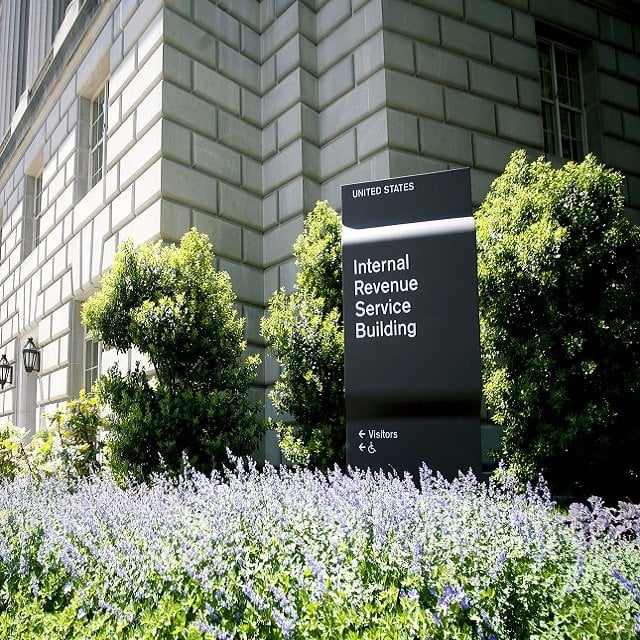Medicare's Chief Actuary Grades a Proposal to Hike Taxes on the Wealthy

A top Medicare official predicts that a tax bill could keep the program solvent for at least 75 years — if the bill raises as much money as supporters hope it will.
Paul Spitalnic, chief actuary of the Centers for Medicare and Medicaid Services, the federal agency that runs Medicare, made that prediction in an analysis of the possible impact of S. 1174, the Medicare and Social Security Fair Share Act.
What It Means
Agents and advisors who work with high-income clients may have to pay more attention to S. 1174, now that an agency has suggested that implementing it could keep Medicare solvent.
The Medicare Part A Trust Fund
Medicare trustees now predict the Medicare Part A hospitalization program could empty out a trust fund that helps pay the claims by 2031. At that point, tax revenue and premium revenue would cover about 89% of projected Medicare Part A bills.
The Net Investment Income Tax
Sen. Sheldon Whitehouse, D-R.I., wants to raise money to shore up Medicare by increasing the 3.8% net investment income tax. The tax affects the investment earnings of single taxpayers with modified adjusted gross income of at least $200,000 and couples with MAGI of at least $250,000 that file joint returns.
S. 1174
S. 1174 and H.R. 4535, a similar bill introduced in the House, would:
Increase the net investment income tax rate to 5% for single taxpayers with modified adjusted gross income of $400,000 or greater and couples that file jointly with MAGI of $500,000 or higher.
Apply the net investment income tax to earnings from active S corporations and the earnings of active limited partners of partnerships.
Spitalnic reported that analysts in the CMS Office of the Actuary believe that the proposed tax could keep the Medicare Part A program solvent for at least 75 years under the assumptions used in the Medicare trustees’ main solvency forecasts.




